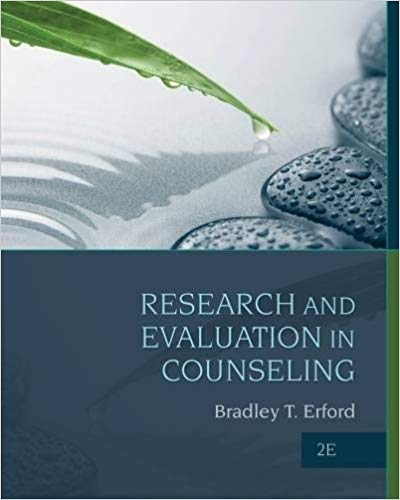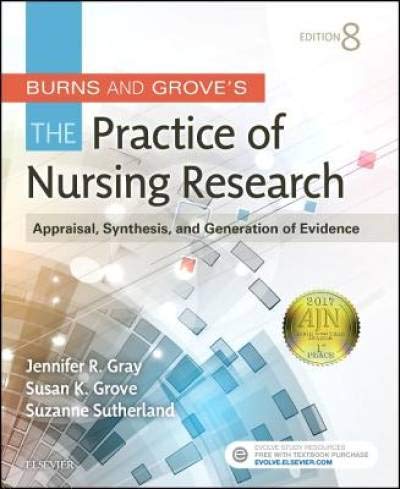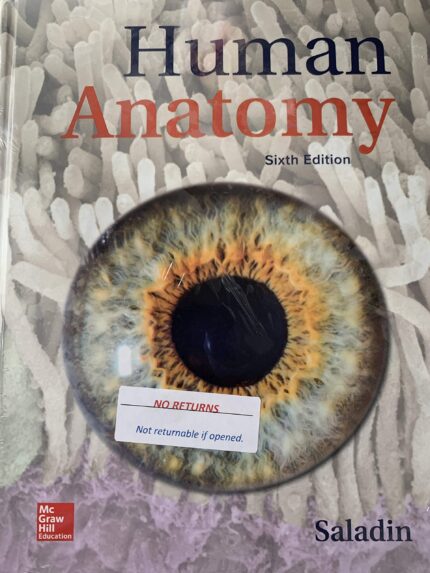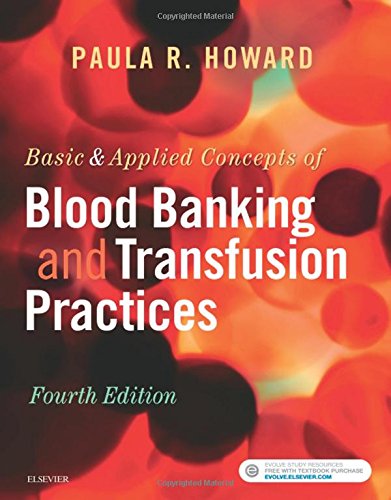Research and Evaluation in Counseling 2nd Edition by Bradley – Test Bank
Chapter 5:
Qualitative Approaches to Research
Multiple Choice
1. __________ is important to consider when designing rigorous qualitative inquiry.
a. Selecting a sampling method
b. Establishing trustworthiness
c. Identifying the problem
d. All of the above
ANS:D
2. Researcher __________ refers to how the researcher’s worldview and presence in the study influences the research design.
a. culture
b. inquiry
c. bias
d. theory
ANS:C
3. __________ refers to the extent to which the findings of an inquiry are applicable in other contexts and with other respondents.
a. Consistency
b. Applicability
c. Neutrality
d. Truth Value
ANS:B
4. Trustworthiness in qualitative research refers to all of the following EXCEPT:
a. partiality.
b. credibility.
c. transferability.
d. dependability.
ANS:A
5. All of the following can help interviewers improve communication and facilitate data collection EXCEPT:
a. not interrupting.
b. doing most of the talking.
c. avoiding leading questions.
d. not debating over responses.
ANS:B
6. In a __________ interview the researcher plans all questions in advance and each participant is asked the same set of questions, often in the same sequence.
a. structured
b. semistructured
c. unstructured
d. None of the above.
ANS:A
7. All of the following are true of qualitative research EXCEPT that it:
a. uses smaller samples.
b. integrates the researcher’s voice.
c. emphasizes researcher objectivity.
d. tends to be more open-ended.
ANS:C
8. __________ is the process of collecting data, analyzing data, and then selecting additional participants until the description is comprehensive.
a. Purposive-iterative sampling
b. Theoretical sampling
c. Snowball sampling
d. Saturation
ANS:A
9. A __________ is usually a one-page summary of questions or reflections from a single contact with a case.
a. summary sheet
b. document summary form
c. questionnaire
d. contact sheet
ANS:D














Reviews
There are no reviews yet.